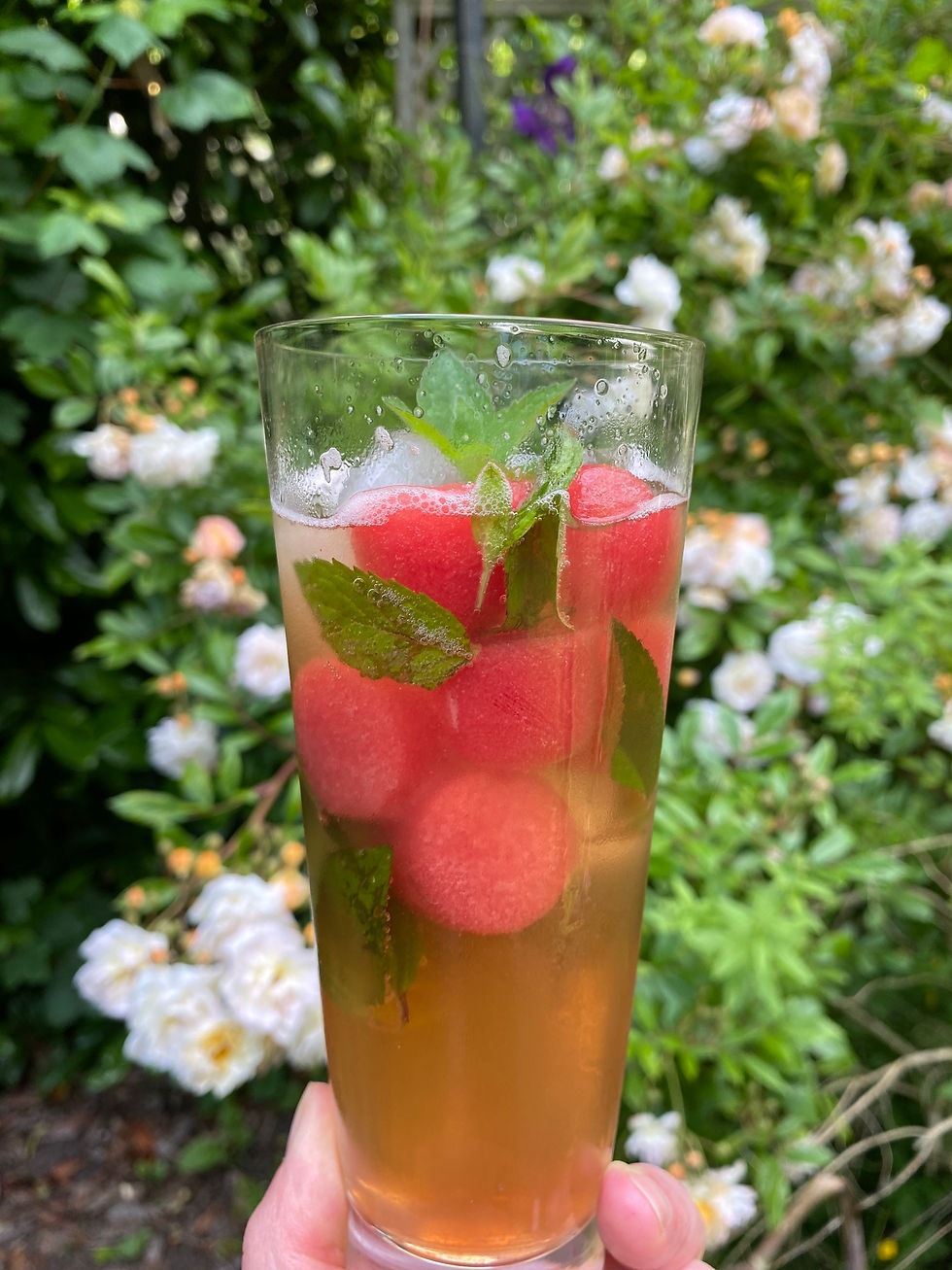The Village in the Valley: Travels in Mexico & Italy by Corinna Sargood
- sjfbilton
- Oct 30, 2021
- 4 min read
I’m not sure how I feel about hallowe’en.
On the one hand, I am fascinated by the folklore surrounding it and the Celtic tradition of Samhain (you can read more about this ancient festival here). But, the commercialisation of hallowe’en leaves me cold. It seems that every premises on the high street, from the opticians to estate agents, feels obliged to put on a frightful display. The only business not playing the game is the undertaker who arguably is the one person with a legitimate reason to celebrate the dead.

Having said all this, I do envy the Mexican approach to los dias de muertos, which has been so eloquently captured by artist Corinna Sargood in The Village in the Valley (she illustrated Patience Gray’s Honey from a Weed). Thirty years ago Sargood and her husband Richard decided to up sticks and move to the remote village of Las Brujas (which translates as the witches) in central Mexico. What makes their memoir particularly endearing is that this is not the story of two youngsters fresh out of uni. Both were in their fifties when they undertook this adventure – proof, if ever you needed it, that life does not end when you have children (both had grown up children from previous marriages when they embarked on their travels).
The Village in the Valley describes the highs and lows of living in this small Mexican town. The Sargoods had no running water in their home La Casita Azul and fought a perpetual battle to keep the mud floors ‘clean’. Sargood gives paints a vivid description of the characters in the village from their mother hen like neighbour Delores to the slightly shady Don Cándido. There are also accounts of the key events in the town like los dias de los muertos.
Preparations for this festival, Sargood tells us, begin on 27th October with a jolly good ‘spring clean’. Sheets are washed, floors are sprinkled with water and insects are brushed out into the garden ‘along with the other strange detritus that mysteriously accumulates in the home’.
In the lead up to the festivities there are markets where the locals buy all the accoutrements they need to create their ofrenda (shrines that honour the dead):
‘We sat of a municipal bench, trying to overcome the temptation to buy something of everything. Strings of papel picados gently floated on the breeze above our heads, while in front of our eyes delicate alfeniques – sugar paste animals – were being arranged in groups of a kind. Lambs, dogs, donkeys and bulls in different postures filled the stall. There were groups of sugar baskets and los muertitos, tiny dead human figures.’
Sargood explains that the preparations and events associated with the dead have pre-hispanic origins. Mictlantecihuatl was the Aztec great feast of the dead when deceased adults were commemorated. Miccailhuitontli was the day on which dead children were remembered.
‘Tamales stuffed with green vegetables and mazamorra – a maize gruel – were put out as las ofrendas for dead relatives, before being given to the living, a practices that continues to this day.’
As luck would have it these feasts coincided with the Christian All Saints Day (1 November) so continued to be observed (albeit with a liberal dressing of Catholicism) after the Spanish conquest.
While this isn’t a book on food per se there are plenty of references to the Mexican cuisine I adore. On 31st October the Sargood’s buy a basketful of pan de muertos (bread of the dead).
‘The dough had spread in the baking and given them a prehistoric look. They had been adorned copiously with tears, buttons, bows, and where appropriate, flaring flames. Each little decoration had been dyed scarlet with cochineal.’
There are no recipes in the book so you would have to delve into a Mexican cookbook if you want to recreate the food Sargood writes about. However, if you love all things Mexican or aspire to visit the country The Village in the Valley is a wonderful read made all the more delightful by Sargood’s quirky illustrations.
Although we make a big song and dance about hallowe’en in Britain these days, which increasingly incorporates visual elements, like painted skulls, inspired by the Mexican Day of the Dead celebrations, Sargood points out that we are not, as a nation, that comfortable with death. ‘My father was able to talk about sex until the cows came home, but mention death and he would come up with cascades of euphemisms.’ Perhaps this is why we almost mock death with our take on hallowe’en?
Our hallowe’en celebrations may be filled with fun and mirth but I suspect little time is devoted to reflecting on the lives of those we have lost alongside the loved ones who are living. Having read Sargood’s account I wonder whether perhaps we should. She describes experiencing a ‘wonderful feeling of collective grief’ during the day of dead festivities in Las Brujas.
‘It was not embarrassing, it was not coy, it did not gush all over the place, nor did it mascarade with a stiff upper lip. It drank and it laughed.
It was perfectly acceptable to be sad.’
Excerpts from Chapter Eleven: Los Dias de Muerto: A Collision with The Stiff Upper Lip in The Village in the Valley by Corinna Sargood, Prospect Books, £20



Comments